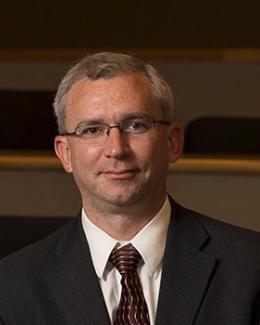Abstract
The use of fuel reformate from catalytic processes is known to have beneficial effects on the spark-ignited (SI) combustion process through enhanced dilution tolerance and decreased combustion duration, but in many cases reformate generation can incur a significant fuel penalty. In a previous investigation, the researchers showed that, by controlling the boundary conditions of the reforming catalyst, it was possible to minimize the thermodynamic expense of the reforming process, and in some cases, realize thermochemical recuperation (TCR), a form of waste heat recovery where exhaust heat is converted to usable chemical energy. The previous work, however, focused on a relatively light-load engine operating condition of 2000 rpm, 4 bar brake mean effective pressure (BMEP). The present investigation demonstrates that this operating strategy is applicable to higher engine loads, including boosted operation up to 10 bar BMEP. By controlling the reforming catalyst boundary conditions, it is possible to achieve fuel reforming without experiencing high temperature exotherms that could be damaging to the catalyst. Additionally, the thermodynamic air handling consequences of operating a highly dilute strategy at high loads is quantified. The results confirm that this operating strategy provides an efficiency benefit at all conditions investigated, with relative efficiency increases of 3-6%, and is therefore applicable over wider regions of the engine operating map.




